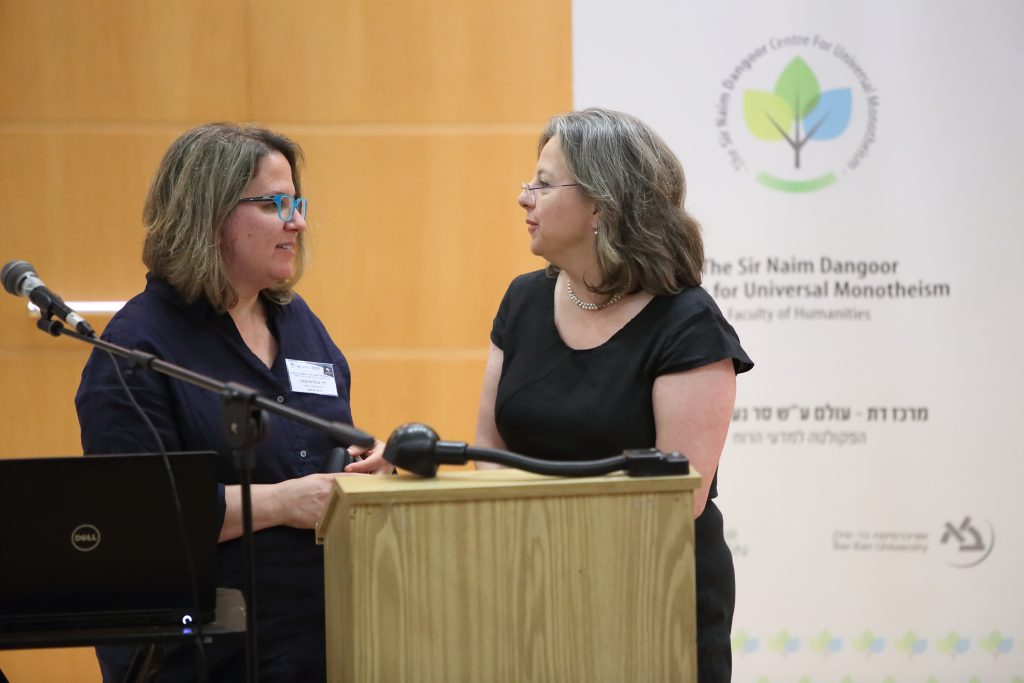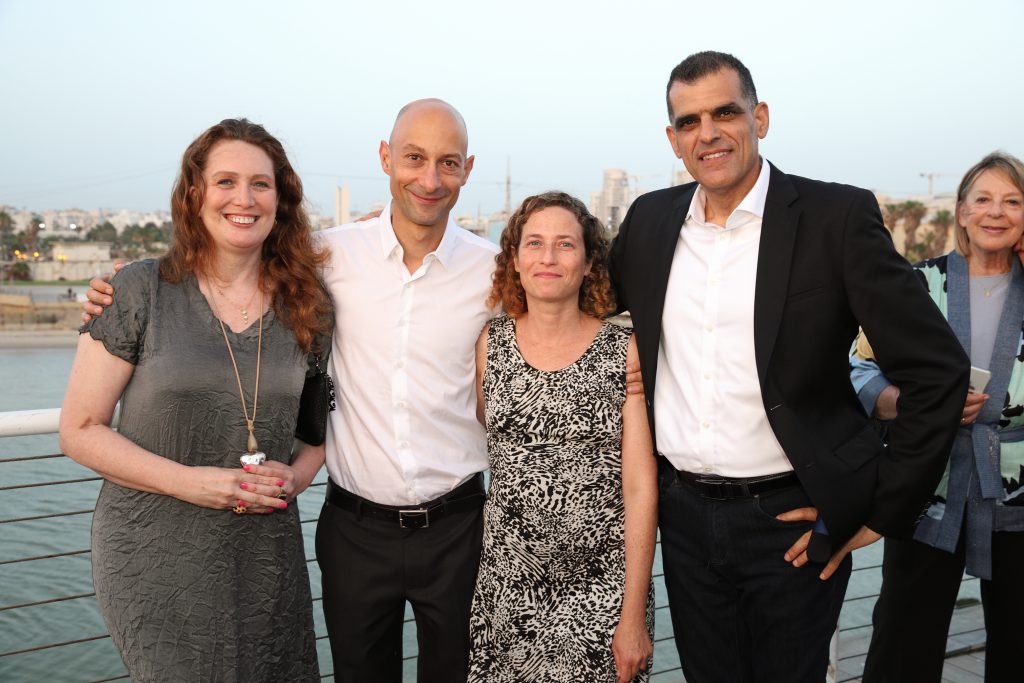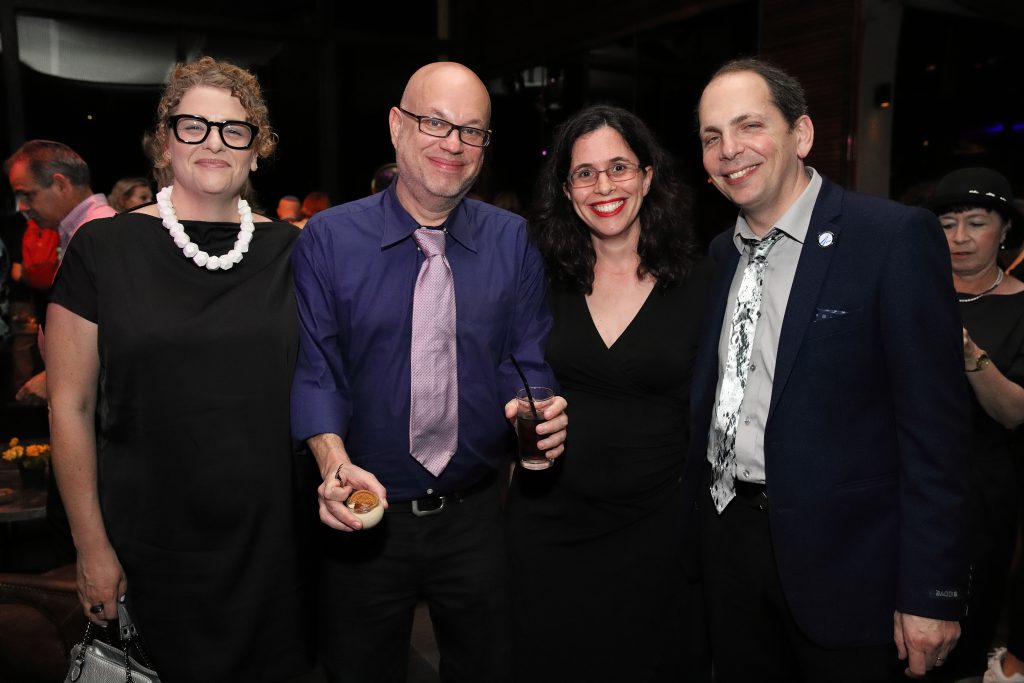On 2-3 June 2019 two conference day on artificial intelligence took place at the Dangoor Centre. The first day was public oriented and delivered in Hebrew and the second professional AI scientists of BISFAI gathered from around the globe to present their latest discoveries. Some of the first day sessions are fully presented here below. They followed the fantasy aspect of AI- the dreams, fears and achievements most of which were presented earlier through the vision of Science Fiction novelists. It was one of the most challenging interdisciplinary event the Dangoor Centre ever had, and the result was what we all aspired for- building a culture bridge between the most advance technology and people.
In 1791, Luigi Galvani, an anatomy professor at the University of Bologna, Italy, published a revolutionary study on animal nerve and muscle activity, exploring for the first time the existence of electrical processes in the living organism. This astonishing discovery made Galvani one of the founders of biophysics and electrophysiology. Few years later, his nephew, Giovanni Aldini, a physician as well, performed a public attempt to bring back to life a dead convicted criminal through an electric shock (that did not revive the dead, though).
A few years later, in January 1818, an 18-year-old young writer, Mary Shelly, publishes an incredible story about a fictional pathologist, Dr. Victor Frankenstein, who seeks to create the perfect creature, the ultimate healthy and beautiful human being ever lived. He connects human parts and eventually creates a deadly monster.
Over a 100 year have past and in 1931 the story gain its cinematic version, produced by Universal Studios “Frankenstein- a macabre experiment”, masterfully played by Boris Karloff. The movie turned the SF horror story into a world-wide sensation, followed by endless literary and visual media versions. One would most probably remember the monumental scene of the hunchback assistant Fritz shouting with excitement: “it’s alive, it’s alive!”.
Mary Shelly’s novel and those that followed her raised the far-fetched question — and while it was questioned- during the late 19 century, it was regarded as a thought that is beyond imagination– What would happen if we could produce a human-like machine that will work tireless for us, serve us with total devotion, without any of the disadvantages human requests, such as payroll, fatigue, need for vacation and being emotional and sensitive.
What would happen if we could produce a human-like machine that will work tireless for us, serve us with total devotion, without any of the disadvantages human requests, such as payroll, fatigue, need for vacation and being emotional and sensitive. “
Over the years, literature, theater and cinema gradually replaced the role of doctors as creators of these partly human machine, replacing them with engineers. And so, the notion of the human genome implanted in machines gradually gained interest by the viewers and reader. Fiction plots presenting a much more complex ethical, moral doubts and concerns as the human-machine robots of Fritz Lang “Metropolis” (1927) became a capable mutant, later a endowed replicant and then a stunning new hybrid human. Power thirsty Engineers, such as Dr. Tyrell in “Blade Runner”; Dr. Iris Hildman in “Minority report”, Dr. No in James Bond, and Dr. Robert Ford, [played by Sir Anthony Hopkins] who founded an ultimate amusement park, in form of the Wild West Version in the excellent “West World” series.
Today science combines Electrical and biology to create new unfamiliar forms of advance technology machines. Facing this advanced technology, raises, again, fear of the consequences or- what would happen if… surprisingly, not necessarily fear from these advanced robots loss of control, but rather from its creator and his/hers hidden motivation and their ability to control it as s/he pleases. This black hole between what a scientist does in the lab, and for what purpose, creates a misunderstanding by the ignorant that might lead to problematic conclusions. Or, in other words, the moment s/he steps out of the door and presents his/hers creation, might be translated to the common person, exactly like a mad scientist presenting his latest discovery, shouting: “It’s alive”.
This black hole between what a scientist does in the lab, and for what purpose, creates a misunderstanding by the ignorant that might lead to problematic conclusions. Or, in other words, the moment s/he steps out of the door and presents his/hers creation, might be translated to the common person, exactly like a mad scientist presenting his latest discovery, shouting: “It’s alive”.
The 15th Bar Ilan symposium in Foundations of Artificial Intelligence organized and sponsored this year under the auspice of the Dangoor Centre jointly with BISFAI directed by Prof. Gal Kaminka, IAAI Chairperson and head of the Robotic division at the department of Computer Science. The two conference day are full with fascinating scholars, specialists and some of the most brilliant, innovative minds in the fields who introduced us with the latest developments as well as discuss the concerns of some regarding the machine takeover human resource in the industry. “What our speakers share in common is their devotion to connected between worlds- science and technology, literature and philosophy and especially connect between fantasy with dreams come true realities.”
“What our speakers share in common is their devotion to connected between worlds- science and technology, literature and philosophy and especially connect between fantasy with dreams come true realities.”
Researchers who develop technological solutions in the field; Research teams that accompany these processes and, of course, you will also meet representatives of companies that specialize in manufacturing and developing products that are advanced AI technology. And in between we had a literary-philosophical discussion led by the representatives of the Humanities and the science fiction specialists, who raised philosophical questions regarding SF authors as prophets of future reality and the boundaries of human imagination. In other words, as concluded Dr. Danielle Gurevitch who Emceed the first day: “In paraphrasing Buzz Lightyear famous idiom – this gathering enabled us to aspire to the infinity and beyond”.
Dr. Michal Izakson, Haifa University From right to left: Alon Ben Tzur, CEO Bynet Technologies , Yudy Bar On and his spouse Michal , Bynet and Judy Efrimi, Bynet
From Right to left: Yoav Landsman, Dr. Keren Landsman, Rani Graff, Noa Manheim
The Speakers include, among others: Dafna Pressler, on the ElliQ project of intuitionrobotics; Oded Zaafrani, Engineering and Management Department, Ben Gurion University; Dr. Michal Isakson, Gerontology department, Haifa University; Dr. Claudia Goldman, senior researcher at GM; Noa Manheim, Chief editor at Zmora-Bitan; Rani Graff, Publisher of “Graff publishing house”; Prof. Gal Kaminka; MD Keren Landsman, who is also a SF novel writer; Yoav Landsman, deputy project director of “Bereshit”, SpaceIL; and Yudi Bar On, AI & Data Manager at Bynet Data Communications, who summed up nicely the speakers thread of thought by saying: “Artificial Intelligence has incredible potential to make us more productive and help solve some of the biggest challenges that that our society is facing today. This is only the beginning of the journey and the transformation to a new revolution- The Fourth revolution”.
“Artificial Intelligence has incredible potential to make us more productive and help solve some of the biggest challenges that that our society is facing today. This is only the beginning of the journey and the transformation to a new revolution- The Fourth revolution”.
Yudi Bar On, AI & Data Manager at Bynet Data Communications
For the complete program see: http://u.cs.biu.ac.il/~galk/bisfai19/







